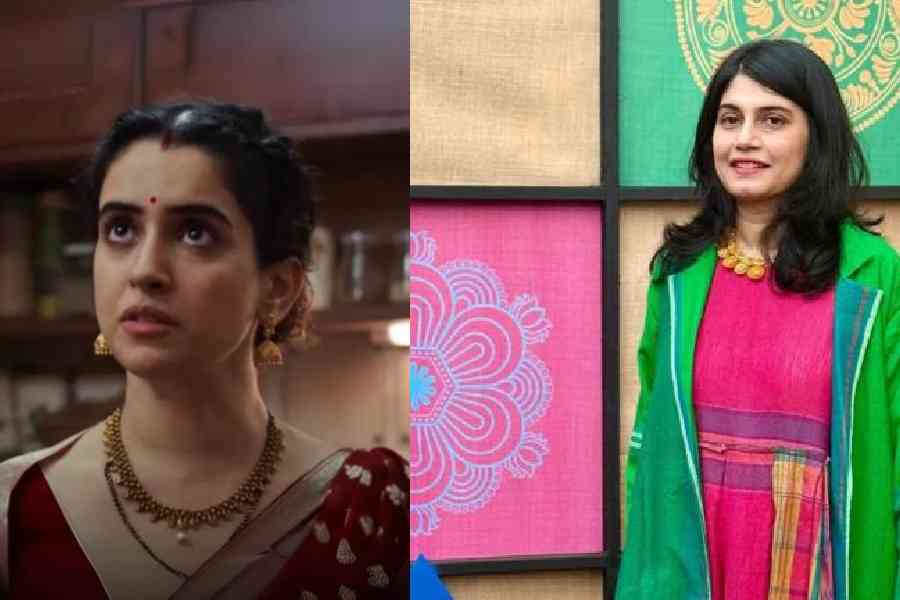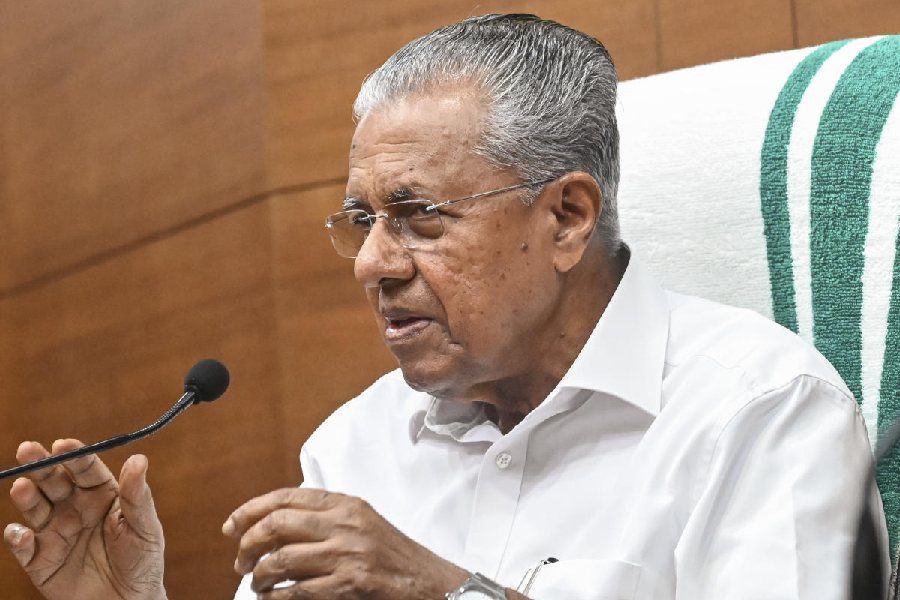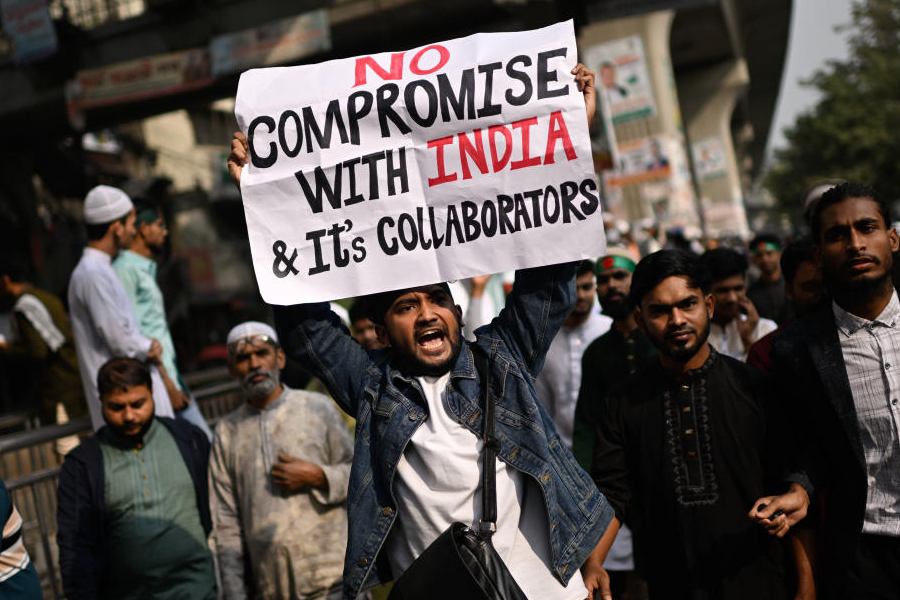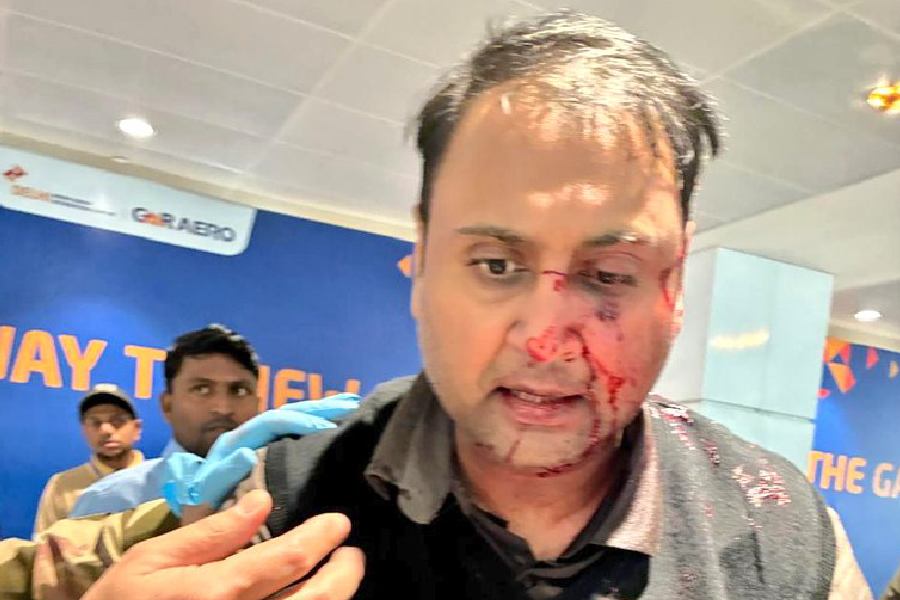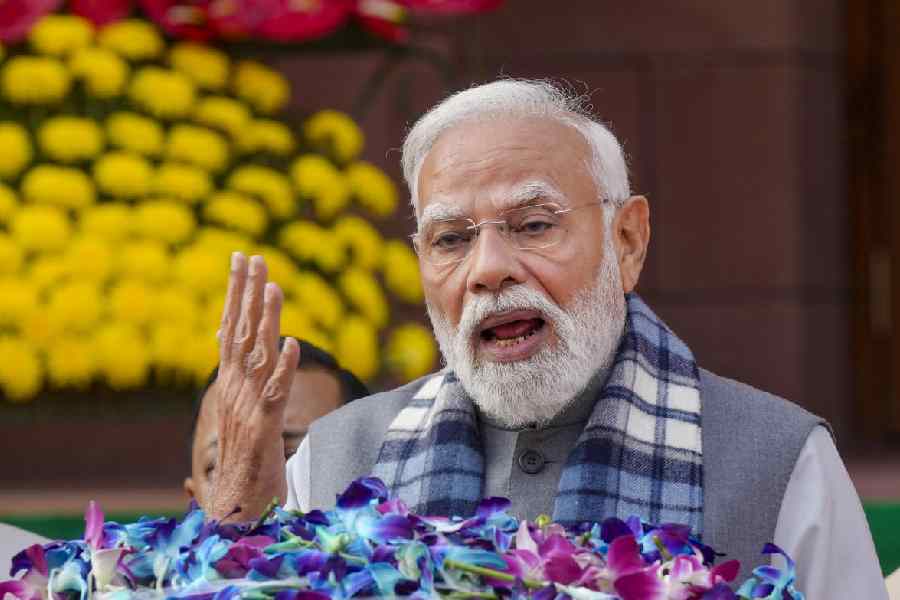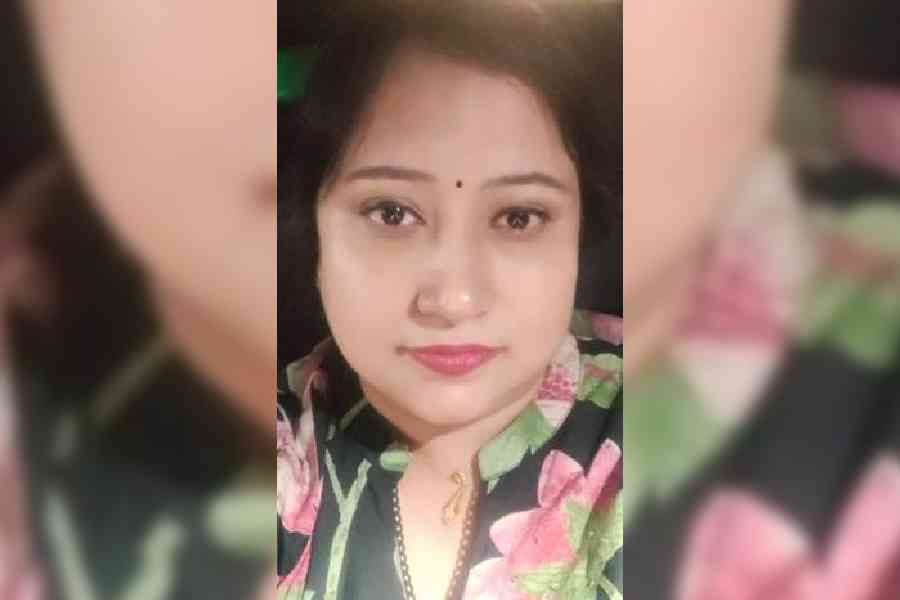Mrs has ignited conversations like few films have done in the recent past. Though an adaptation of the Malayalam film The Great Indian Kitchen, Mrs is a film that stands on its own right. Streaming on Zee 5, Mrs — that is front lined by a brilliant Sanya Malhotra and explores gender dynamics, casual sexism, toxic relationships, male entitlement and the stereotyping of women — has come in for a lot of praise for its relatable handling of a prickly subject. The film has also triggered debates, largely on social media, on patriarchy and traditional gender roles, ensuring that more and more viewers are tuning in to watch it. Reason enough for t2 to chat with director Arati Kadav on her winner of a film.
Mrs has been one of the most-talked-about films in recent times, which is exactly what its intent was....
There is no way to win when you make a remake but I also felt that this is a very urgent story for north India to watch. We had gone to meet people in Delhi, most of who had not watched The Great Indian Kitchen, and there were some women who even told me: ‘My family is more worried about my maid’s wellbeing than my wellbeing. It is taken for granted that I have to work in the house, no matter what.’ I really felt that was an urgent story to reach all parts of India.
I am a big admirer of the original, but where I found Mrs scoring the most was its milieu, which is the upper middle-class. Your target audience being from the same strata of society must make it more relatable...
I came from a place of a lot of love and respect for the original. Changing the milieu was the only way I could make it my own. I treated it like a very good classic and thought of how best I could present it in my own way.
And yes, there is the relatability factor. We had screenings of the film before its release. I have had 20-30 minute-long discussions with many viewers after these screenings, all of who had so much to say about how much the film spoke to them and how they were affected by it. The film has touched a chord. It has been a very rewarding experience for me. We have all worked very hard on the film... it was a tough one to make.
The film is distinguished by its nuanced telling, with its subtlety and silence making an impact without hammering it in. Of course, there is the shocking pre-climax when Richa’s angst really boils over and the one after that when she hits back at her parents. Was this the approach you always wanted to take?
I wasn’t too sure about keeping that scene, but a lot of women I spoke to felt it was important to include that scene — where Richa (Sanya Malhotra) says that parents refer to both sons and daughters as ‘beta’ and yet differentiate between them. They felt that it summed up a lot of what the film wanted to say.
You are right when you talk about the film being subtle. I felt that the subject is so powerful that we really didn’t need to keep saying... all we had to do was keep showing. The film quietly shows her journey. I felt if we do it right and viewers related to the character, then the film would speak for itself. The film speaks in a way that is very visceral and in a very psychological language... you don’t need to say so much in words.
What was the biggest challenge in adapting the film?
The biggest challenge was that the original does not have a plot. With a film like Drishyam, there is a very clear plot where you can play with the suspense. This, on the other hand, is a treatment-based story where you are showing the girl going through the grind and how it gradually builds up. When you remake a film, you really cannot copy the treatment. But because The Great Indian Kitchen became a cult film because of its treatment, I had to be true to that essence, but at the same time, I had to add my own.
I adapted it to the north-Indian context but to the realism, I also wanted to add certain colours because that is my language of making a film. But I had to do that without being very Bollywood-ish. It was a tough tightrope to walk... where we had to be realistic and yet aesthetic but without making it look like window-dressing. I wanted it to be a very intricate embroidery. We researched a lot on the food, we worked on the colour palette....
I spoke to a lot of women who were going through what happens in Mrs. Some of them are a decade younger than me and they are working in MNCs in Bangalore and yet going through this kind of a situation in their personal lives. Speaking to them was so cathartic. But I also felt a huge sense of responsibility to get it right in the film. The weight of the project somehow got heavier on me because I felt like I had to do right by all these women.
During your research, did you come across instances of women themselves being conditioned to think that they aren’t being subjugated?
Yes, there were women who were joking and saying that husbands are particular about even a glass of water being served at a particular angle on a plate and they are scared about moving it even a little. I was like: ‘Oh my God, this is not to be joked about! This is really sad.’ They didn’t even realise that it is wrong on so many levels.
I also realised that most of them don’t have a vision of their own future, apart from what their husbands had laid out for them. Some of these women also told me that not only are they made to do all the housework, they are belittled on top of that.
In what ways did Sanya bring alive your words and vision in a way that not many other young actresses could have done?
She had watched the original and like me, she wanted to make it her own. She also participated in the research. In fact, there is a very close friend of hers who was going through a similar situation as we have shown in the film and Sanya took her therapy notes and tried to understand what she was actually going through. Since her own friend was going through it, it was also a big shock for her because she felt that people in her age group wouldn’t really have to experience something of this sort. Her friend’s story, in fact, ended in a very ugly and tough divorce.
Sanya made notes for every scene, as well as their backstory. She even wrote down her point of view. And that, I thought, made every action that Richa does in the film very loaded. Sanya understood the nuances very well, and she surrendered to the role. There are so many shots of dealing with the dirt, doing the dishes, but she refused a hand double. In fact she did everything that you see in the film.
Also, because we shot the film in a linear fashion, she was living that part. To the extent that by the time we got down to the last few days of shoot, you could see the pressure and the pain that she was feeling. She was very low mentally because she felt trapped in the character’s predicament. I am really grateful for her for putting her heart and soul into Mrs.
While writing this film, were there any bits that felt personally cathartic to you?
Yes, there are a lot of things. In fact, my husband was quick to point out two scenes which have come from our lives. One scene was where the aunt points out Richa’s habit of tasting the food while cooking. I wanted to give her character a flaw and this is something that I also have done while cooking and which was pointed out to me.
Also, my husband is in a banking job and I am a filmmaker. It has been a journey of 15 years to get to where I am today. It requires a lot of patience to be married to a struggling filmmaker (smiles). Also, some people think it is more of a hobby than a profession because you bring very little money home when you are struggling as a filmmaker. Thankfully, I sailed through it but it did feel very personal.
The editor of the film (Prerna Saigal) had a very nice thing to say. She said this is not the story of a single woman, it is a story that has happened to every woman at some point in our lives.
Mrs is a departure from everything that you have made in the past. What were your biggest learnings from working in this genre?
All this while, courtesy my work in the science-fiction genre, my focus was more on world-building. In Mrs, I had to surrender to the craft of character-building and go into the depths of each character. I also shot this film in theatre style where I made my actors enact full scenes in great detail. There would be discussions on what kind of motivation one should feel in a particular scene, which had to be pretty solid for all the characters. That helped me grow a lot as a director I went that extra mile and arrived at a way of understanding characters.
Also, I am now in my 40s and I had more maturity while making this film. So I feel that I could tap into my understanding of the world and channelise it to tell my stories effectively.

